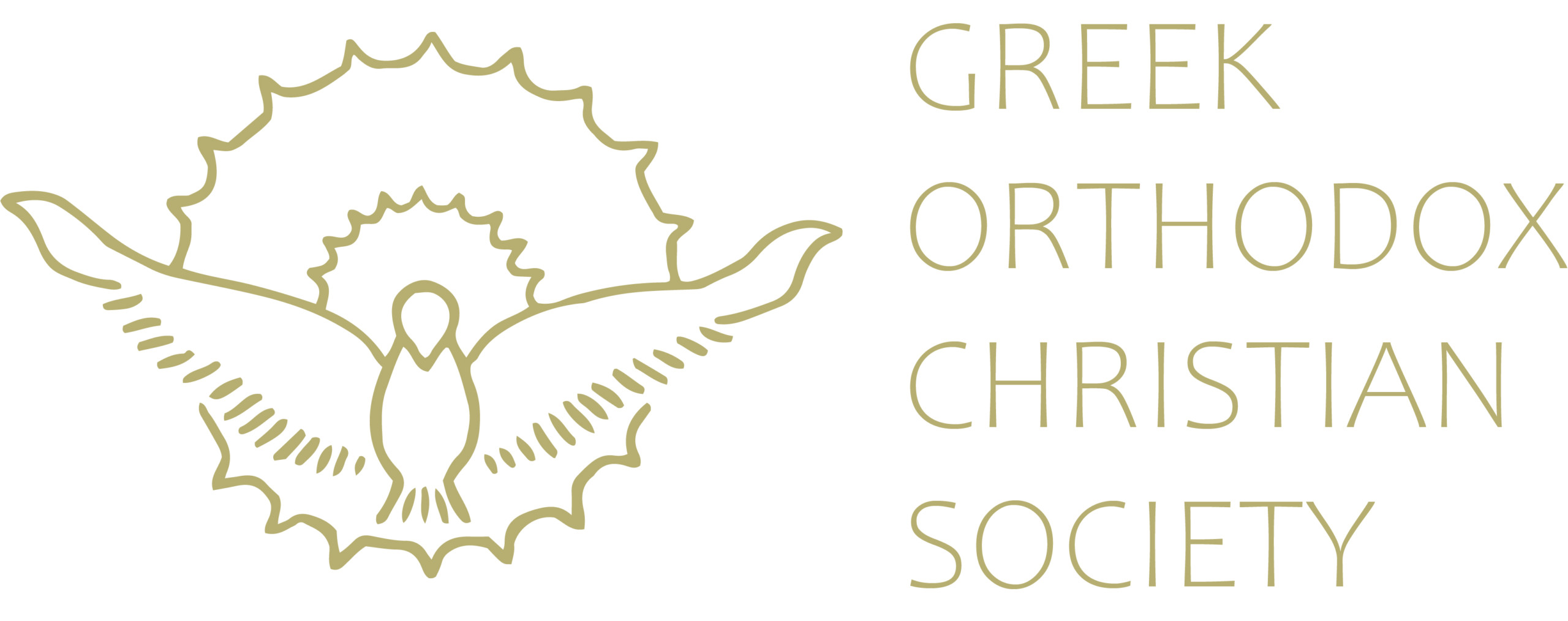Sunday of Orthodoxy (1st of Lent)
«Σαρκὸς τὸ ἐκτύπωμα, ἀναστηλοῦντές σου Κύριε, σχετικῶς ἀσπαζόμεθα, τὸ μέγα μυστήριον, τῆς Οἰκονομίας, τῆς σῆς ἐκδηλοῦντες· οὐ γὰρ δοκήσει, ὡς φασίν, οἱ θεομάχοι παῖδες τοῦ Μάνεντος, ἡμῖν ὤφθης φιλάνθρωπε, ἀλλ’ ἀληθείᾳ καὶ φύσει σαρκός, δι’ αὐτοῦ ἀναγόμενοι, πρὸς σὸν πόθον καὶ ἔρωτα»
“Restoring to the churches the depiction of Your flesh, O Lord, we ascribe to it an honour that is relative, and so express the great mystery of Your Dispensation. For You have not appeared to us, O Lover of Humans, merely in outward appearance as say the followers of Mani, who are enemies of God, but in the true and natural fullness of flesh, and through it we are lead to the desire and love of You.”
The fierce debate which plagued the Orthodox Church twice during the first millennium, when the Theology of Icons and their use in worship and prayer had to be defended, was fought against two different schools of thought: The worship of material creations, idol-worship, whether in the form of wood or other material creations; and, the heresy of Gnosticism, forms of which existed from the first decades of Christianity – which in basic terms stated that God cannot be at all approached through any material or created means.
The balanced and correct approach which the Fathers reached, not only through their enlightened theology, but through their witness in blood and self-sacrifice, repudiated both these errors. The hymn above, which is from the Matins Service of the Sunday of Orthodoxy, the 1st Sunday of Great Lent, targets the heresy of Manichaeism.
This belief system, which follows the teachings of an ancient Iranian mystic Mani, is a Gnostic heresy. It claimed that salvation can only be achieved through spiritual knowledge without any participation of the flesh. Being material, the flesh was viewed as inherently evil. Manicheism was a syncretic religion, which means that it would attempt to mix its heresies into the teachings of the major religions of the time, such as Christianity in the West, and Buddhism and other religions of the East.
The so-called Christian followers of Manicheism, still believed that Christ appeared on Earth, but only that He seemed to appear in the flesh, not in actuality. The Saints who defended the Icons, were able to show that Icons confirm the Truth about Christ, that He appeared in actual flesh which could be touched, embraced and kissed, as evidenced by the Gospels themselves. Therefore, when we reverence and kiss an Icon, the honour we show is an affirmation performed by our whole self, body and soul, of the most essential Mystery of Our Faith: That God became Human.
Source: Lychnos February/March 2020
